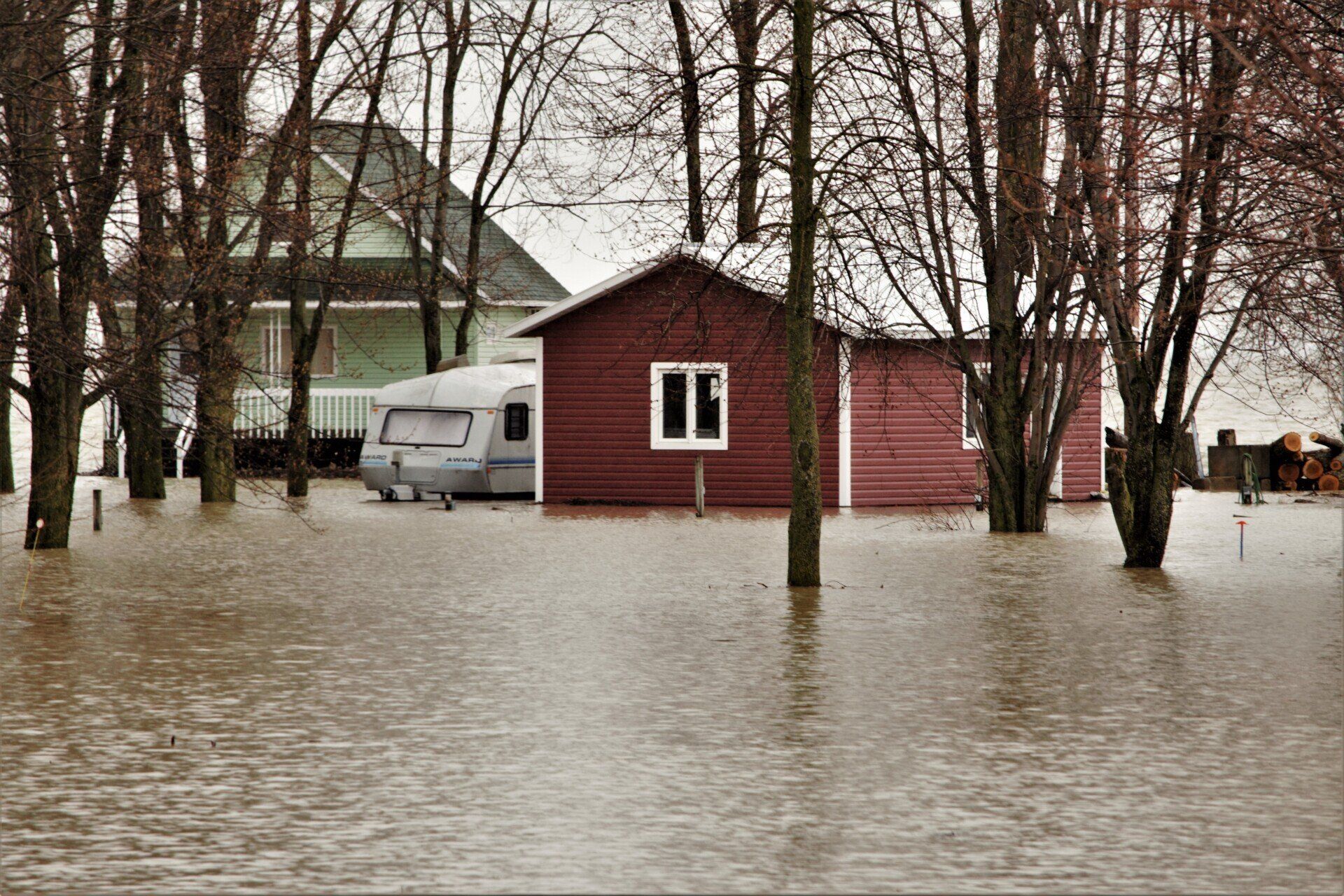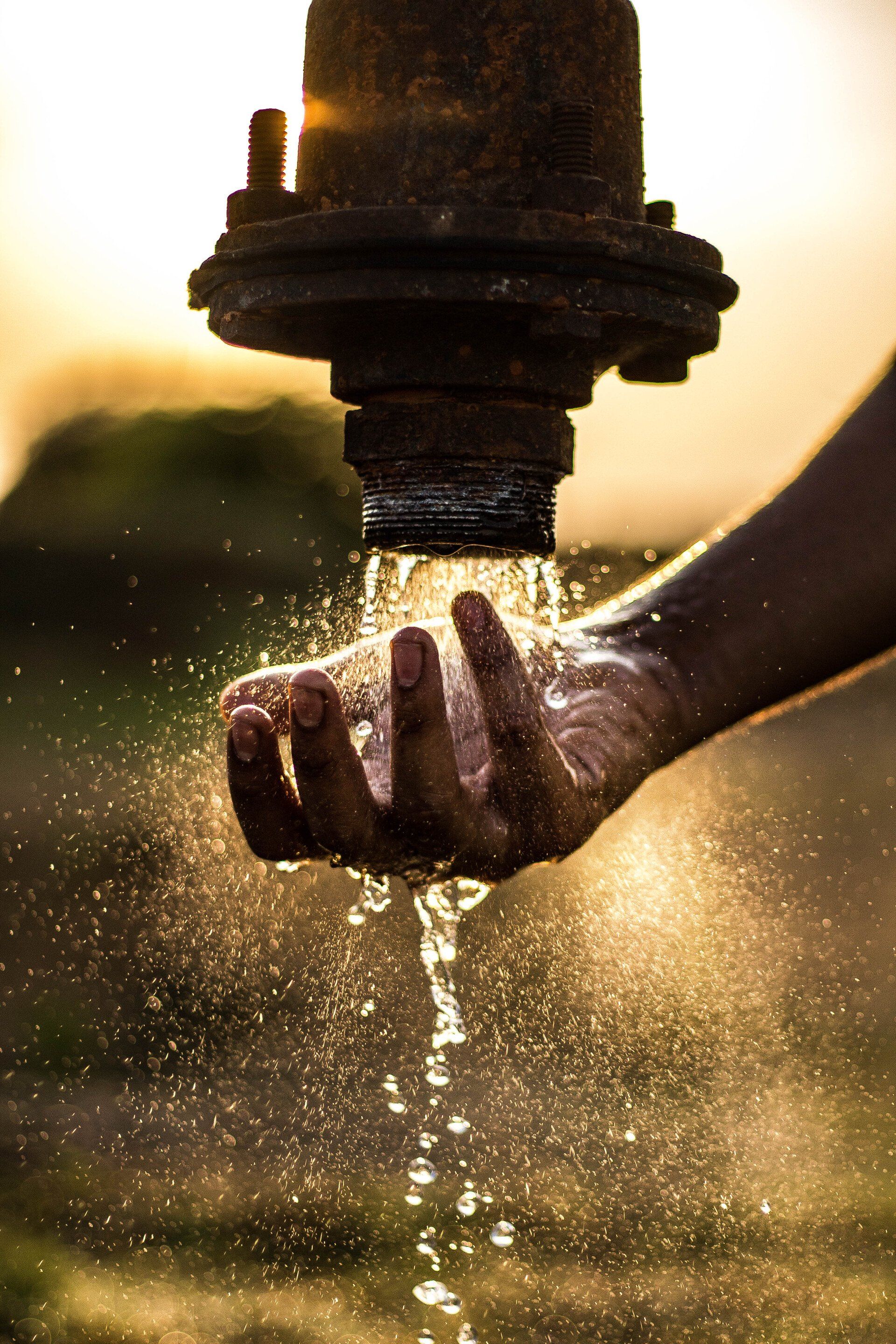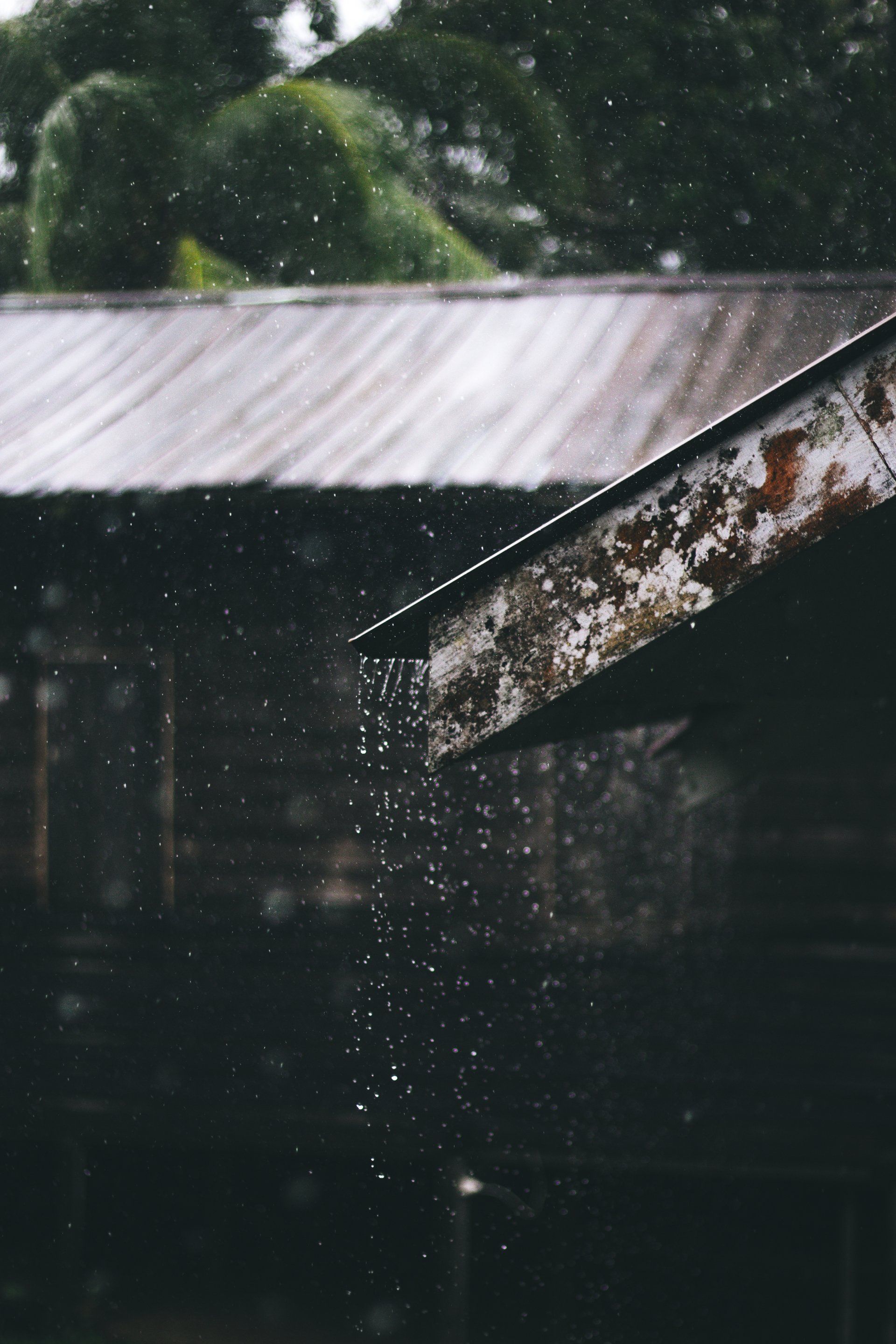Water Removal, Cleanup and Mitigation Services
Covington Water Mitigation
We offer insurance claims assistance!
Emergency Water Extraction
Residential & Commercial
GET A FREE ESTIMATE
Water Mitigation Services in Covington, Louisiana
Water damage is a pervasive and costly problem that can wreak havoc on homes and businesses alike. Whether caused by burst pipes, overflowing toilets, or natural disasters like floods or hurricanes, water damage can lead to structural issues, mold growth, and health hazards if not addressed promptly and effectively. While some homeowners may attempt to handle water damage cleanup and restoration on their own, hiring a professional water mitigation company is often the best course of action. In this article, we'll explore why it's important to hire a water mitigation company for water damage and the benefits they bring to the table.
Covington Water Mitigation has the expertise and specialized equipment needed to properly assess the extent of the damage and implement effective mitigation and restoration measures. Professional technicians undergo rigorous training and certification to ensure they are equipped to handle a wide range of water damage scenarios, from minor leaks to major floods. They have the knowledge and experience to identify hidden moisture pockets, assess the structural integrity of affected materials, and develop comprehensive mitigation and restoration plans tailored to each unique situation.
Water mitigation companies have access to state-of-the-art equipment and technology designed to expedite the cleanup and restoration process. From industrial-grade pumps and extractors to specialized drying and dehumidification equipment, these tools enable technicians to remove standing water quickly, dry out affected areas thoroughly, and prevent mold growth and other secondary damage. By employing advanced techniques and equipment, water mitigation companies can minimize downtime and disruption to homeowners and businesses, allowing them to return to normalcy as soon as possible.
Hiring a water mitigation company can help homeowners and businesses navigate the complexities of the insurance claims process. Dealing with insurance companies can be daunting, especially in the aftermath of a water damage event when emotions are running high and time is of the essence. Water mitigation companies have experience working with insurance adjusters and can provide detailed documentation of the damage, estimates for repair costs, and other essential information to support insurance claims. They can also advocate on behalf of their clients to ensure they receive fair and timely compensation for their losses.
Another key benefit of hiring a water mitigation company is their ability to address potential health hazards associated with water damage. Exposure to mold, bacteria, and other contaminants can pose serious health risks, particularly for individuals with respiratory issues or compromised immune systems. Professional technicians are trained to identify and mitigate these hazards safely and effectively, using appropriate protective gear and disinfection techniques to ensure the health and safety of occupants. By entrusting the cleanup and restoration process to experienced professionals, homeowners and businesses can rest assured that their properties will be restored to a safe and healthy condition.
Hiring a water mitigation company for water damage is essential for ensuring a prompt, thorough, and effective response to water-related emergencies. From their expertise and specialized equipment to their ability to navigate the insurance claims process and address health hazards, water mitigation companies play a critical role in mitigating the damage and restoring peace of mind to homeowners and businesses affected by water damage events. Whether facing a minor leak or a major flood, investing in professional water mitigation services is an investment in the long-term health, safety, and resilience of your property.
THE DIFFERENT CATEGORIES OF WATER DAMAGE
Water damage can wreak havoc on your property, causing structural damage, mold growth, and other costly issues. But did you know that not all water damage is created equal? In fact, water damage is typically categorized into different classes based on the source of the water and the level of contamination. Understanding these categories can help you better assess the severity of the damage and determine the appropriate course of action. In this blog post, we'll explore the different categories of water damage and what they mean for your home.
Category 1: Clean Water
Category 1 water damage, also known as clean water damage, refers to water that originates from a clean and sanitary source. This type of water damage poses the least risk to your health and typically occurs from sources such as broken supply lines, sink or bathtub overflows, or rainwater. While Category 1 water damage may seem harmless, it can still cause significant damage to your property if not addressed promptly.
Category 2: Grey Water
Category 2 water damage, also known as grey water damage, refers to water that contains some degree of contamination and may pose a health risk if ingested or exposed to skin. This type of water damage typically originates from sources such as washing machine or dishwasher leaks, toilet overflows (with urine but no feces), or sump pump failures. While Category 2 water damage may not be as hazardous as Category 3 water damage, it still requires prompt cleanup and disinfection to prevent mold growth and other issues.
Category 3: Black Water
Category 3 water damage, also known as black water damage, is the most severe and hazardous type of water damage. This category refers to water that is highly contaminated and may contain harmful pathogens, sewage, or toxic chemicals. Category 3 water damage poses serious health risks to anyone exposed to it and requires immediate professional intervention. Sources of Category 3 water damage include sewage backups, flooding from rivers or streams, and standing water that has become contaminated with debris or chemicals.
Understanding the Impact
The category of water damage is just one factor to consider when assessing the severity of the damage to your property. The amount of water, the duration of exposure, and the materials affected will also influence the extent of the damage and the necessary cleanup and restoration efforts. Regardless of the category of water damage, it's essential to act quickly to mitigate further damage and protect your health and safety.
Water damage can be a complex and challenging issue to navigate, but understanding the different categories of water damage is a crucial first step in addressing the problem effectively. Whether you're dealing with clean water damage from a burst pipe or hazardous black water damage from a sewage backup, it's important to take swift and appropriate action to mitigate the damage and restore your property to its pre-damaged condition. By knowing the categories of water damage and what they entail, you can better protect your home and your health from the effects of water damage.
Water mitigation services play a crucial role in addressing and minimizing the damage caused by water-related emergencies such as floods, leaks, or burst pipes. Our services are designed to swiftly respond to water incidents and prevent further destruction to properties. The primary goal of water mitigation is to reduce the impact of water damage, safeguard structural integrity, and mitigate potential health risks associated with mold and mildew growth.
One key aspect of water mitigation services is the prompt response to emergencies. Time is of the essence when dealing with water damage, as delays can exacerbate the situation. Our water mitigation professionals are equipped with the necessary expertise and tools to assess the extent of the damage quickly. We employ advanced techniques and technology, including moisture meters and thermal imaging, to identify hidden pockets of water and ensure a comprehensive assessment.
Once the assessment is complete, our water mitigation experts implement strategic plans to extract standing water and thoroughly dry affected areas. This often involves the use of powerful pumps, dehumidifiers, and industrial fans to expedite the drying process. Additionally, we may remove damaged materials that cannot be salvaged and apply antimicrobial treatments to prevent mold growth.
Collaboration with insurance companies is another critical aspect of water mitigation services. We often work closely with insurance adjusters to document the damage, provide accurate assessments, and facilitate the claims process for property owners. This collaborative approach helps expedite the restoration process and ensures that affected individuals receive the necessary financial support to address the water damage.
Water mitigation services are indispensable in mitigating the detrimental effects of water-related incidents. Our prompt response, comprehensive assessments, and collaboration with insurance entities contribute to the efficient restoration of properties affected by water damage. By addressing water issues swiftly and effectively, our water mitigation technician's play a pivotal role in minimizing the long-term consequences and protecting the well-being of individuals and their properties.
Water Mitigation Process
The process of water mitigation involves a series of steps aimed at minimizing and repairing the damage caused by water-related incidents, such as floods, leaks, or burst pipes. Here is a general overview of the water mitigation process:
Emergency Contact:
The process typically begins with a call to a water mitigation service. Quick response is crucial to minimize damage, so many services operate 24/7 for emergency situations.
Assessment and Inspection:
Upon arrival, water mitigation professionals assess the extent of the water damage. They use specialized tools like moisture meters and infrared cameras to identify hidden pockets of water and determine the scope of the damage.
Water Extraction:
The next step involves removing standing water from the affected area. Powerful pumps and vacuums are used to extract water quickly. The goal is to prevent further saturation of materials and minimize damage.
Drying and Dehumidification:
After water extraction, the drying process begins. Industrial-strength dehumidifiers and high-speed fans are employed to remove remaining moisture from the air and surfaces. This step is crucial in preventing mold growth and further structural damage.
Cleaning and Sanitizing:
Water mitigation professionals clean and sanitize the affected areas and belongings. This includes disinfecting surfaces and addressing any potential health hazards.
Content Removal and Restoration:
Items that are damaged beyond repair may need to be removed. Salvageable belongings are carefully documented, cleaned, and restored. The goal is to return the affected space to its pre-damaged condition.
Monitoring:
Throughout the mitigation process, professionals monitor moisture levels and ensure that the drying goals are being met. Adjustments may be made as needed to achieve optimal results.
Documentation for Insurance:
Water mitigation services often work closely with insurance companies. They provide detailed documentation of the damage, the mitigation process, and the restoration efforts to support insurance claims.
Restoration:
Once the affected area is thoroughly dried and sanitized, the restoration process begins. This may involve repairing or replacing damaged materials, such as drywall or flooring, to restore the property to its pre-damaged state.
Final Inspection:
A final inspection is conducted to ensure that all water has been successfully mitigated, and the restoration work meets the required standards. The property is then deemed safe for occupancy.
Water mitigation is a comprehensive process that requires expertise, specialized equipment, and a prompt response to minimize the impact of water damage and restore affected properties effectively.

Get a Free Consultation Today!
Contact Us






